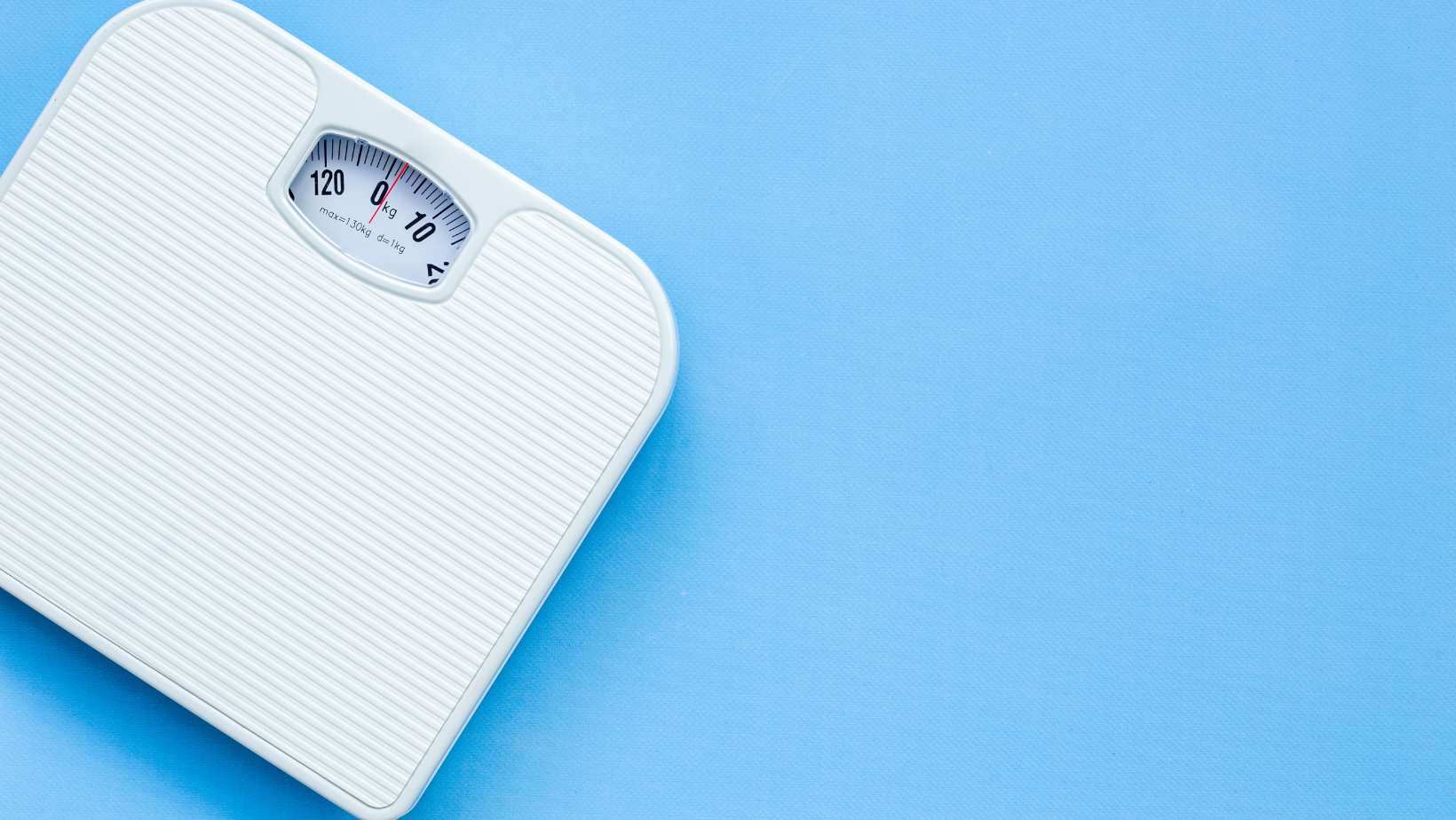In a world where instant gratification reigns supreme, the allure of rapid weight loss solutions is undeniable. Enter Dr. Oz’s latest creation: a 10-day plan promising to flatten and de-bloat your midsection, no deprivation necessary. But can you really shrink your waistline in less than two weeks? We’re diving deep into the science behind this headline-grabbing protocol to separate fact from fiction.
The 10 Belly Bloat Offenders: Foods to Avoid
Dr. Oz’s plan kicks off with a list of ten foods to eliminate, dubbed the “belly bloat offenders.” From beans to artificial sweeteners, these culprits are said to contribute to a puffy midsection. But is there science to back up these claims? “Some of these foods, like those high in salt or sugar, can indeed cause water retention and bloating,” explains Dr. Lisa Ganjhu, gastroenterologist at NYU Langone Health. “However, completely eliminating food groups like dairy or gluten may not be necessary for everyone.”
The 7-Hour Eating Window: Harnessing Intermittent Fasting
The cornerstone of Dr. Oz’s plan is a 7-hour eating window, a form of time-restricted feeding. “By condensing your meals into a shorter period, you tap into your body’s innate fat-burning potential,” Dr. Oz asserts. The science is promising: a 2019 study in the New England Journal of Medicine found that limiting eating to a 6-hour window led to weight loss and improved metabolic markers. However, the long-term sustainability of this approach remains to be seen.
Bone Broth for Breakfast: A Savory Start to the Day
In a departure from typical breakfast fare, Dr. Oz suggests starting your day with bone broth. “It’s low in calories, high in nutrition, and keeps you feeling full,” he explains. While bone broth does boast an impressive array of minerals and collagen, its efficacy as a weight-loss aid is largely anecdotal. “Bone broth can be a nutritious addition to your diet,” notes Samantha Cassetty, MS, RD, “but it’s not a magic bullet for belly fat.”
The Matcha Power Powder Smoothie: Slimming Superfoods?
For lunch, Dr. Oz recommends a matcha power powder smoothie, packed with vegetables, coconut milk, and fat-burning matcha. Matcha, a concentrated green tea powder, is indeed a powerhouse of antioxidants and metabolism-boosting compounds. A 2020 review in Molecules highlighted matcha’s potential for reducing body weight and fat accumulation. However, the jury is still out on whether these lab findings translate to real-world results.
Slim-gestion Foods: The Science of Beating Bloat
Dr. Oz’s plan heavily features “slim-gestion foods,” purported to reduce inflammation and promote a flatter tummy. These include foods like leafy greens, lean proteins, and healthy fats. “There’s definitely merit to focusing on whole, minimally processed foods,” says Dr. Ganjhu. “They provide essential nutrients and fiber, which can indeed support digestive health and reduce bloating.”
The Role of Hydration in Reducing Belly Bloat
One aspect of the plan that deserves applause is its emphasis on hydration. “Staying well-hydrated is crucial for beating bloat,” stresses Cassetty. “When you’re dehydrated, your body actually holds onto water, leading to that puffy feeling.” Aim for at least 8 glasses of water per day, and consider swapping sugary drinks for unsweetened herbal teas or infused water.
The Missing Link: The Importance of Exercise
While Dr. Oz’s plan focuses heavily on dietary changes, it’s surprisingly silent on the role of physical activity. “Exercise is a key piece of the belly fat puzzle,” emphasizes Dr. Ganjhu. “Combining cardio with strength training can help torch visceral fat, the dangerous kind that accumulates around your organs.” Aim for at least 150 minutes of moderate-intensity exercise per week, as recommended by the CDC.
Questions and Considerations
Is a 10-Day Plan Really Sustainable?
While a 10-day protocol can jumpstart weight loss and reduce bloating, the real challenge lies in maintaining those results long-term. “Crash diets often lead to rebound weight gain,” cautions Cassetty. “The key is to adopt healthy habits you can stick with for life, not just a few days.” Focus on building a balanced, nutritious eating pattern and regular physical activity routine for lasting success.
Should You Try Dr. Oz’s Belly-Slimming Plan?
As with any new diet, it’s crucial to approach Dr. Oz’s plan with a critical eye. While some of its principles, like emphasizing whole foods and staying hydrated, are undoubtedly beneficial, others, like the strict eating window, may not be suitable for everyone. “If you have a history of disordered eating, or if you’re pregnant or breastfeeding, this plan is not for you,” stresses Dr. Ganjhu. As always, consult with your healthcare provider before embarking on any new dietary regimen.
The Bottom Line: A Scientific Perspective
Dr. Oz’s 10-day flat belly plan, while intriguing, is not a one-size-fits-all solution. Its emphasis on whole foods and hydration is commendable, but the jury is still out on the long-term efficacy of its more unconventional aspects, like the 7-hour eating window and bone broth breakfasts. As we continue to unravel the complex science of weight loss and belly fat, one truth remains clear: the path to lasting results is paved with sustainable, balanced habits, not quick fixes or fad diets. So before you trade in your morning oatmeal for a mug of bone broth, remember: the best approach is one you can stick with for life.
